Jardines de la Reina, Maria la Gorda, Cayo Coco – this Caribbean paradise is home to many spectacular dive sites. Terry Ward shares her favorite places for scuba diving in Cuba.
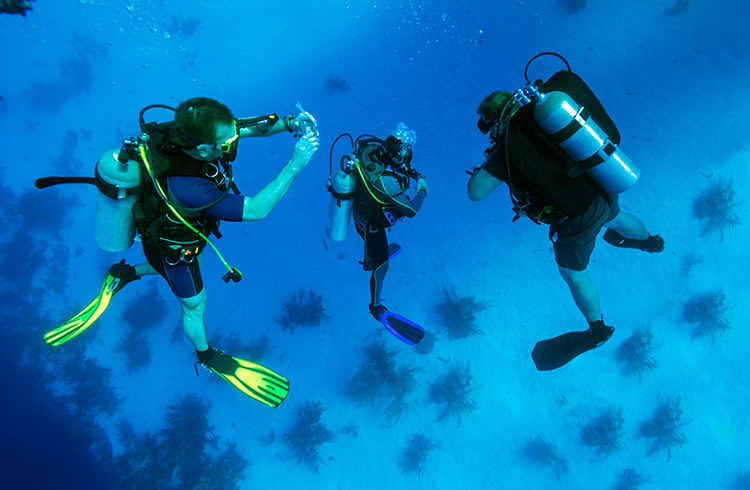 Photo © iStock/Rostislavv
Photo © iStock/Rostislavv
For scuba divers, Cuba is a Caribbean destination apart. Where neighboring islands have experienced diminished fish species from overfishing, Cuba’s reefs have been astonishingly well preserved, and are the most dazzling in the entire region.
When you go diving in Cuba you’re often going where relatively few divers have gone before.
Nowhere else in the Caribbean feels as pioneering as here, so make sure your certifications are up to date and dive in for the underwater experience of a lifetime.
If you’re not certified, you can get certified in Cuba (where the cost is fairly cheap) but keep in mind that, because of the US embargo, you won’t be able to get PADI certification. PADI is not the only certification in the world but it is prized among many divers, particularly Americans, and it simply isn’t offered in Cuba.
- Diving in Maria la Gorda
- Dive Along Punta Frances on the Isla de la Juventud
- Jardines de la Reina Marine Park
- Scuba Diving in Cayo Largo
- Jardines del Rey and Cayo Coco
- Bay of Pigs (Playa Giron)
Diving in Maria la Gorda
Start your dive explorations on the peninsula furthest west in Cuba, in Maria la Gorda, where international dive centers front the sheltered Bahia de Corrientes, one of the island’s best-protected zones for diving.
The area falls within the Guanahacabibes National Park, and is home to around 50 excellent dive sites that include features like plunging walls, swim-throughs and caves.
At the dive site called Lost Paradise, you can fin amongst shoals of jacks and barracuda. Keep an eye out for patrolling stingrays, too.
And at the Gorgonian Garden, divers delight at the sight of hulking Nassau groupers.
Keep in mind that Maria La Gorda is a bit of a haul from Havana, and it’s far from the frequent daytrip to Viñales, which is also in the westernmost Pinar del Rio province. You may have to book a private taxi from Havana to get here. To save money, you could also take the bus to Pinar del Rio and get a taxi there but you may want to confirm in advance.
Dive along Punta Frances on the Isla de la Juventud
Punta Frances National Marine Park, located on Cuba's largest offshore island, is another must-do for divers.
Advanced divers can submerge into a tunnel at the site, called Cueva Azul, to spot huge tarpon.
Even snorkelers along Punta Frances’ shores may spot hawksbill sea turtles and maybe even manatees, too.
Because this is an island, you’ll either need to fly or take a ferry here. Schedules are not always consistent so it’s best to ask your host to help you confirm the schedule and how to purchase a ticket (which may require you visit the ticket office in person in Havana).
Jardines de la Reina Marine Park
The Jardines de la Reina (Gardens of the Queen) Marine Park, off the island’s southern coast, is perhaps Cuba’s greatest underwater treasure.
A government-protected area, it’s considered among the most beautiful dive destinations in all of the Caribbean.
Since commercial fishing is not allowed within the park, the marine life here is prolific, with all manner of sea turtles and sharks (including reefs, hammerheads, black tips, leopards and silkies) to be seen.
The best way to visit the area is on multi-day trips via liveaboard dive boats.
Because you can only reach the area by dive boat and because very few trips are offered here, divers typically have to reserve their spot on the trip many months in advance.
Scuba diving in Cayo Largo del Sur
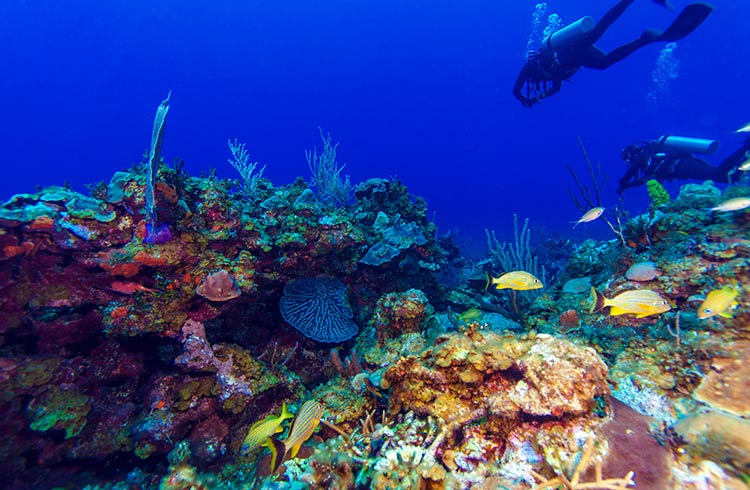
Cayo Largo del Sur, east of Isla de la Juventud off Cuba’s southern coast, is yet another prime place to submerge, with shallow waters that host a wide range of marine life.
Tunnels, steep walls, and vibrant coral heads are among the over 30 dive sites here, with eels, rays, barracuda, sharks, lobster, grouper and all manner of snapper among the inhabitants.
Jardines del Rey and Cayo Coco
Off the northern coast of Cuba, make a beeline for the stunning archipelago of Jardines del Rey (Gardens of the King). Here you'll find Cayo Coco, home to beaches with sugar-white sand and a rainbow of reef life.
The water is warm and crystal clear – all the more enticing for spotting dolphins, angelfish, parrotfish, and large schools of tarpon and spadefish as you fin along the pristine reefs.
The easiest way to dive here is to stay at one of the many Cayo Coco hotels that offer diving but to save money, you could base yourself in Moron, which is about an hour away. If you do this, you’ll need to confirm transportation in advance with your host, as there are no regular tourist buses that run this route.
Bay of Pigs (Playa Giron)
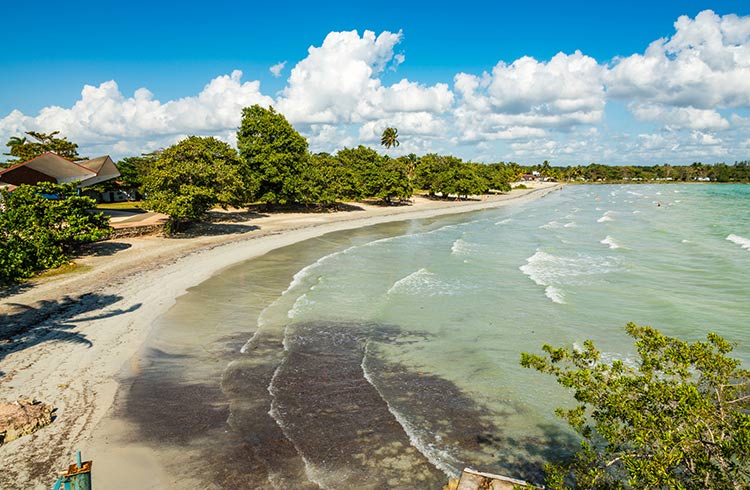
About two hours southeast of Havana, the Bay of Pigs may be in history books for the failed US military invasion, but scuba divers known it for something else. (And no one in Cuba calls it the Bay of Pigs – it's actually called Playa Giron.)
You can gear up right on the beach and dive straight from the shore to access a spectacular wall that vibrates with all manner of tropical fish, and more than 17 species of coral plants.
The Jaruco is a purpose-sunk wreck that’s fun to explore in this area.
Advanced divers love the site called Punta Perdiz for its deep wall, dazzling with fish life.
Updated with additional information by Cassandra Brooklyn in August 2023.
Related articles
Simple and flexible travel insurance
You can buy at home or while traveling, and claim online from anywhere in the world. With 150+ adventure activities covered and 24/7 emergency assistance.
Get a quote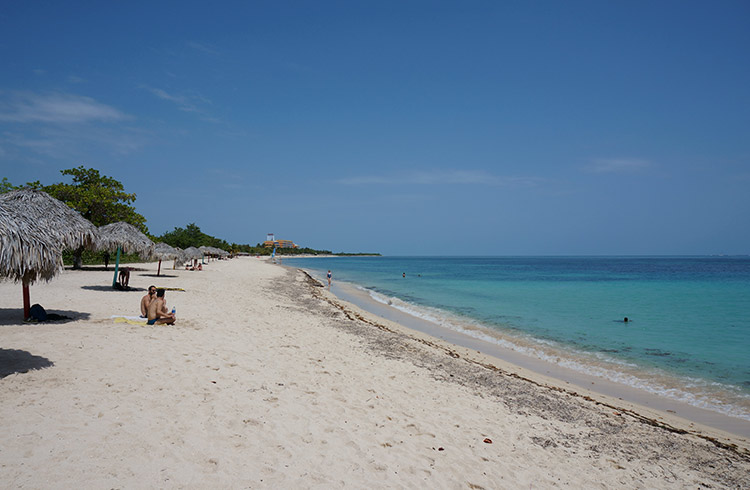
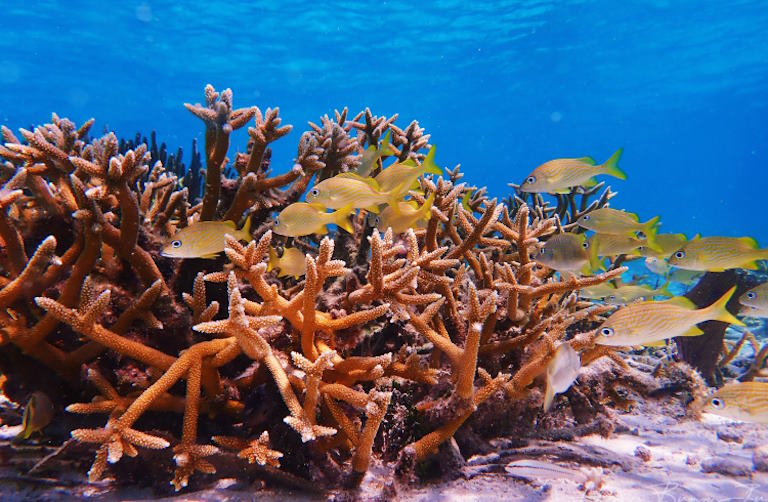
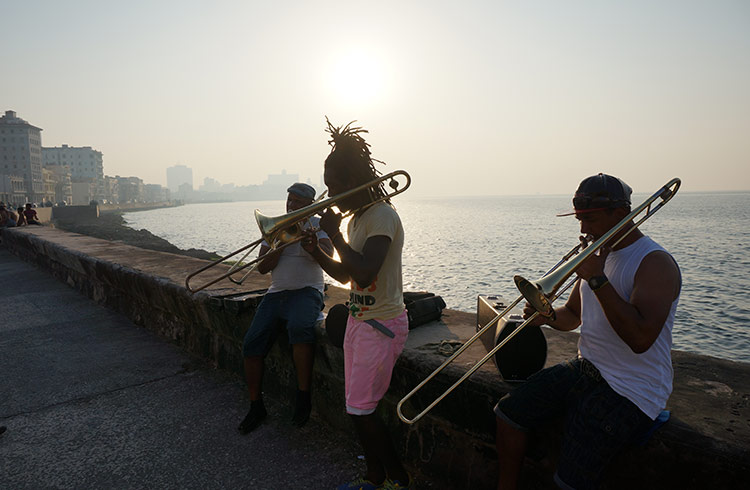
6 Comments
Some years ago I read that the reef off Guantanamo Bay is the best preserved dive reef in the world. Is that still accurate? Does the current research by Ichthyologists suggest that the fish population will collapse between 2038- 2050. Has anyone in Cuba cited the work of Dr Donna Roberts or the parallel research done by American research fellows regarding Acidification of Seawater? According to a research paper I read about five years ago, pterapods are being compromised by the decline in shell integrity caused by disolved carbon-dioxide in sea water. Do you agree or is this propaganda by environmental $cientists?
A group of us, 6 divers, are sailing south Cuba. We are looking for a guide and rental equipment. Thoughts on finding a guide who can meet us and show the beauty of the archipelago?
Landing in Havana June 17th or so and wanting to do a few dives near Havana. Anyone have recommendations for dive sites or dive operation/shops? Places to stay? Restaurants/bars to not-miss? I have done a lot of research but know the best advice always comes from fellow travellers! THANKS ALL!
Doug, I just got back from Varadero and did 4 days of diving / 8 dives while there...I was pleasantly surprised as I wasn't expecting much in the way of diving there but it turned out to be great! Not a lot of hard corals but lots of beautiful soft corals, large schools of fish including barracuda, a few nice wrecks including a Russian made frigate that was used by the Cuban navy for 10 years prior to being sunk in 1`998. The vis was great as were the dive conditions. Varadero is a couple hour drive from Havana, you could easily get there via rental car or by bus, and if looking to stay for a few days there are a few smaller hotels in Varadero town (the rest are mostly larger resorts, I stayed at one of the smaller ones through a flight/hotel pkg, but it shows per night on booking . com as around $100usd per night for all inclusive price), and of course you could do airbnb or a casa particular. I dove with Atlantis Varadero, they were great; they are closed on Sundays so that day the set me up with a sister company (Barracuda) and I did two wrecks that day plus went with them another day so I could also do the Frigate (there are several government owned shops in Varadero, plus a few that are owned by Cuban citizens, Atlantis is gov't owned, only the gov't owned shops are allowed to operate boats so the others can't take you out as far / do shore dives only although they can also connect you with one fo the gov ones if you want to do a specific site like one of the wrecks).
we will be in cayo coco flamingo hotel in feb . looking to do dives befor and after wedding bay of pigs in this area and punta frances and other dive sites thanks timmer
UNDERWATERCUBA is a website to guide all diving lovers and tourists who visit Cuba, in our website underwatercuba.club you can find all kinds of information for free, we have an office in Varadero and we have been linked to travel and diving from 2013.